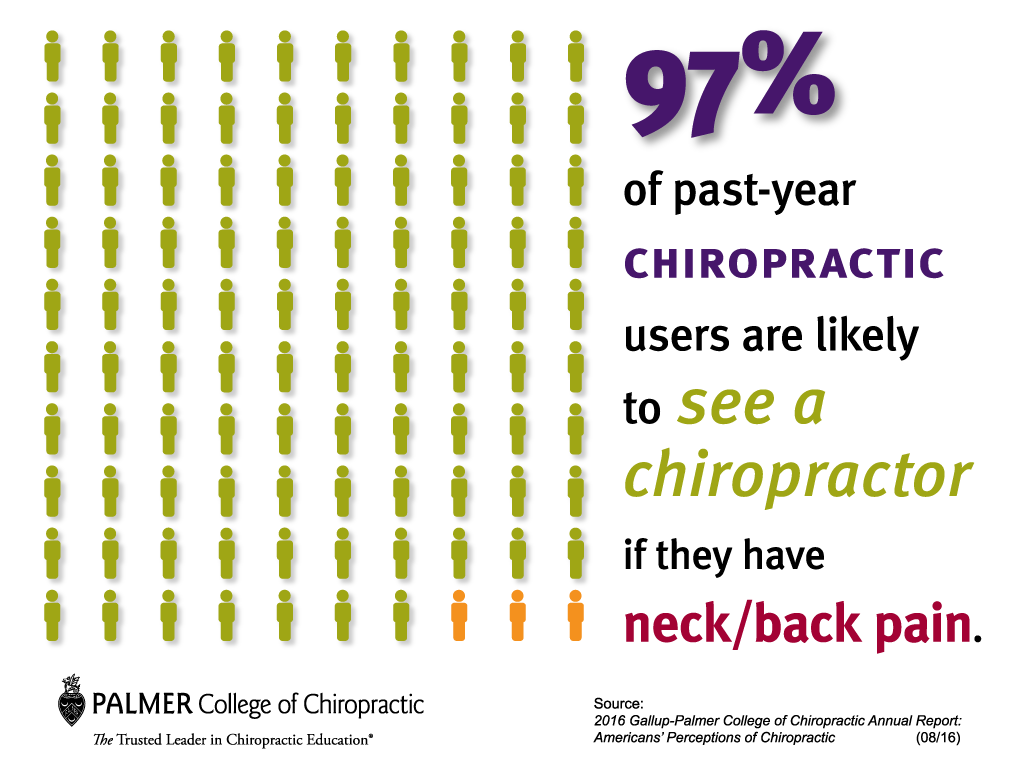Translating The Science Of Cold Laser Treatment: Exploring Its Systems And Consequences
Translating The Science Of Cold Laser Treatment: Exploring Its Systems And Consequences
Blog Article
Web Content By-Rosendahl Hutchison
You may have heard of cold laser therapy as a promising therapy option for various conditions, however have you ever wondered just how it actually services a cellular degree? Understanding the systems behind this therapy can shed light on its performance in promoting healing and minimizing inflammation. By discovering visit web site behind cold laser therapy, you'll gain insights right into the fascinating methods which light can influence cellular processes and assist in cells repair.
Exactly How Cold Laser Treatment Works
To comprehend just how cold laser therapy works, you require to understand the essential concepts of just how light energy connects with biological tissues. Cold laser therapy, likewise called low-level laser treatment (LLLT), uses certain wavelengths of light to pass through the skin and target underlying cells. Unlike the intense lasers utilized in operations, cold lasers give off reduced degrees of light that do not generate warmth or cause damage to the tissues.
When these gentle light waves get to the cells, they're absorbed by parts called chromophores, such as cytochrome c oxidase in mitochondria. This absorption sets off a series of biological actions, consisting of enhanced mobile energy manufacturing and the release of nitric oxide, which improves blood circulation and lowers inflammation.
Furthermore, the light energy can also boost the manufacturing of adenosine triphosphate (ATP), the energy currency of cells, aiding in cellular repair and regrowth processes.
Essentially, cold laser therapy harnesses the power of light energy to promote recovery and ease pain in a non-invasive and mild fashion.
Systems of Activity
Just how does cold laser therapy actually work to create its therapeutic effects on biological cells?
Cold laser treatment, also referred to as low-level laser therapy (LLLT), operates through a procedure known as photobiomodulation. When the cold laser is related to the skin, the light power penetrates the tissues and is taken in by chromophores within the cells.
These chromophores, such as cytochrome c oxidase in the mitochondria, are after that stimulated by the light energy, bring about a waterfall of organic reactions. One vital mechanism of activity is the improvement of cellular metabolic rate.
The soaked up light power enhances ATP manufacturing in the mitochondria, which is important for mobile feature and repair. In https://travisfztnh.sharebyblog.com/27762906/delve-into-the-remarkable-benefits-of-cold-laser-treatment-an-innovative-treatment-that-holds-tremendous-guarantee-for-discomfort-relief-and-recovery-in-2024 , cold laser treatment helps to reduce inflammation by hindering inflammatory conciliators and promoting the release of anti-inflammatory cytokines.
This anti-inflammatory impact contributes to pain alleviation and tissue healing.
Restorative Impacts
Recognizing the healing effects of cold laser therapy involves recognizing exactly how the improved cellular metabolism and anti-inflammatory buildings contribute to its positive end results on biological tissues.
When the cold laser is applied to the afflicted area, it boosts the mitochondria within the cells, causing increased production of adenosine triphosphate (ATP), which is critical for mobile function and repair service. This boost in cellular energy accelerates the recovery procedure by promoting cells regeneration and minimizing swelling.
Additionally, the anti-inflammatory residential properties of cold laser therapy assistance to lower discomfort and swelling in the targeted location. By preventing inflammatory mediators and advertising the release of anti-inflammatory cytokines, cold laser treatment help in reducing pain and improving the total recovery reaction.
This decrease in swelling not just gives immediate alleviation but likewise supports lasting tissue fixing.
Final thought
Finally, cold laser treatment works by promoting mobile repair service and cells regrowth through photobiomodulation. Its anti-inflammatory properties provide discomfort alleviation and minimize swelling by preventing inflammatory moderators.
This therapy provides a comprehensive technique to recovery, delivering both prompt relief and long-term cells fixing benefits.
Through its devices of activity, cold laser treatment proves to be a reliable and appealing treatment alternative for a range of problems.
